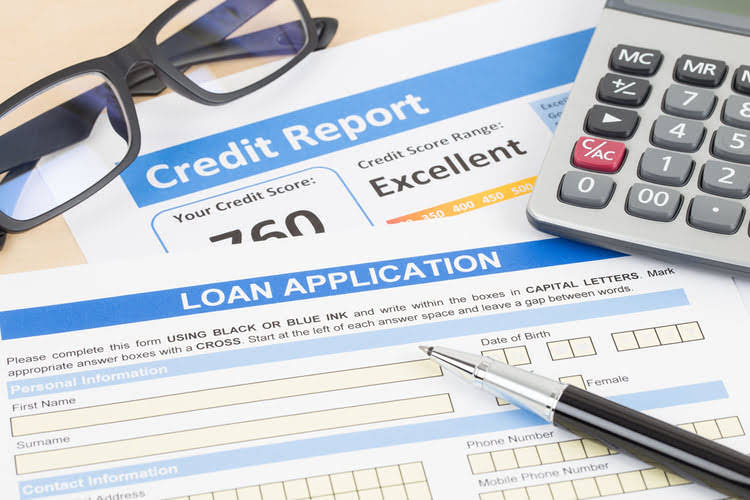Allowance for Doubtful Accounts: Methods of Accounting for

In the case of the allowance for doubtful accounts, it is a contra account that is the allowance for doubtful accounts is a contra asset account that equals used to reduce the Controlling account, Accounts Receivable. It is important to consider other issues in the treatment of bad debts. This variance in treatment addresses taxpayers’ potential to manipulate when a bad debt is recognized. Then all of the category estimates are added together to get one total estimated uncollectible balance for the period. The entry for bad debt would be as follows, if there was no carryover balance from the prior period.
How to Estimate the Allowance for Doubtful Accounts

Though the Pareto Analysis can not be used on its own, it can be used to weigh accounts receivable estimates differently. For example, a company may assign a heavier weight to the clients that make up a larger balance of accounts receivable due to conservatism. In certain situations, there may be instances where a customer is initially unable to pay, resulting in a bad debt write-off. However, after a few weeks or months, the customer manages to make the https://www.bookstime.com/bookkeeping-services/minneapolis payment and clear their dues. Now, let’s dive deeper into how allowance for uncollectible accounts works with a practical example.

Is the allowance for doubtful accounts a debit or credit?
Another category might be 31–60 days past due and is assigned an uncollectible percentage of 15%. All categories of estimated uncollectible amounts are summed to get a total estimated uncollectible balance. That total is reported in Bad Debt Expense and Allowance for Doubtful Accounts, if there is no carryover balance from a prior period.

Accounts Receivable Aging Method

The estimation is typically https://x.com/BooksTimeInc based on credit sales only, not total sales (which include cash sales). In this example, assume that any credit card sales that are uncollectible are the responsibility of the credit card company. It may be obvious intuitively, but, by definition, a cash sale cannot become a bad debt, assuming that the cash payment did not entail counterfeit currency. So in year 1, notice we have credit sales, so we take an entry like debiting accounts receivable and crediting revenue. But we’re also going to have another entry at this point to deal with the bad debt expense. We made all these credit sales and we have all these accounts receivable.
- The allowance for doubtful accounts is a general ledger account that is used to estimate the amount of accounts receivable that will not be collected.
- The company must record an additional expense for this amount to also increase the allowance’s credit balance.
- In addition, this accounting process prevents the large swings in operating results when uncollectible accounts are written off directly as bad debt expenses.
- No matter how careful you are while evaluating your customer creditworthiness, offering trade credits increases your risk of bad debts, as some buyers will inevitably be unable to pay.
- The accounts receivable aging method uses accounts receivable aging reports to keep track of past due invoices.
Accounts receivable aging method
The longer the time passes with a receivable unpaid, the lower the probability that it will get collected. An account that is 90 days overdue is more likely to be unpaid than an account that is 30 days past due. The balance sheet method (also known as the percentage of accounts receivable method) estimates bad debt expenses based on the balance in accounts receivable. The method looks at the balance of accounts receivable at the end of the period and assumes that a certain amount will not be collected. Accounts receivable is reported on the balance sheet; thus, it is called the balance sheet method. The balance sheet method is another simple method for calculating bad debt, but it too does not consider how long a debt has been outstanding and the role that plays in debt recovery.
- The allowance for doubtful accounts estimates the percentage of accounts receivable that are expected to be uncollectible.
- In some cases, you may write off the money a customer owed you in your books only for them to come back and pay you.
- In this context, the contra asset would be deducted from your accounts receivable assets and considered a write-off.
- We made all these credit sales and we have all these accounts receivable.
- This is done by using one of the estimation methods above to predict what proportion of accounts receivable will go uncollected.

